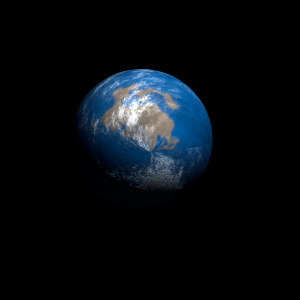|
|
Space Astro
|
Info for exoplanet "Kyasharyoo"
| Scientific (actual) data |
|---|
| Name | Kepler-359 d |
| Planet status | Confirmed |
| Radius | 0.358 |
| Orbital period | 77.0957 |
| Semi major axis | 0.372 |
| Discovered | 2014 |
| Updated | 2021-02-05 |
| Tconj | 2455040 |
| Impact parameter | 0.92 |
| Publication | Announced on a website |
| Detection type | Primary Transit |
| Alternate names | 2MASS J19331047+4211468 d, K02092.03, KIC 6696580 d, KOI-2092 d, KOI-2092.03, WISE J193310.47+421146.8 d |
| Star name | Kepler-359 |
| Right ascension | 293.29° |
| Declination | 42.2° |
| Mag j | 14.736 |
| Mag h | 14.43 |
| Mag k | 14.487 |
| Star distance | 1502.22 |
| Star metallicity | -0.039 |
| Star mass | 1.07 |
| Star radius | 1.09 |
| Star temperature | 6248 |
| Star alternate names | 2MASS J19331047+4211468, KIC 6696580, KOI-2092, WISE J193310.47+421146.8 |
| Wikipedia article | Kepler-359 d |
Back
| |
| Fictional info (?) |
|---|
| Suggested name | Kyasharyoo |
| Planet type | Cold planet |
|
| Atmosphere | Ethane | 58% |
| Argon | 40% |
| Nitrogen | 0.99% |
| Hydrogen peroxide | 0.16% |
| Carbon dioxide | 0.0015% |
| Atmospheric pressure | 5 bar |
 |
| No known satellites |
| Google search for Kyasharyoo |
|
Website by Joachim Michaelis
|
|
|
|